Over the last few weeks, I have been listening to Neil MacGregor’s terrific “Living with the Gods” BBC podcast. It has helped me to reconsider some of my views on religion and belief.
The podcast is wonderful, in that it brings you on an audio journey to places and peoples across the world. You name it, it’s there – from the dank caves of southern Germany, to the sacrificial pyramids of Aztec Mexico, to the great Kumbh Mela festival in India. Newgrange is mentioned, as is the Angelus that booms out on Irish radio each day. It considers the symbolism in religion, the common rituals, the public displays and private moments, and the relationship of religion to the exercise of power. It takes all these disparate elements and synthesizes them into a concrete, powerful narrative.
What I hear from all this is that religion is core to who we are. In all religions, our own nature is echoed back. It is a mirror, reflecting our greatest fears, our greatest needs and our hopes for the future. If you bypass the specific details of any one religion, you find the same needs there. These great longings are familiar to so many of us.
Religion doesn’t even need gods or supernatural agencies. We’ve seen in the last century the damaging power of secular belief systems gone awry. It seems that people will reach out for anything that gives them a sense of security, purpose and answers. God is just one alternative among many.
Such a pity it is that the details become so important. People will kill and die over the minutiae of their own faiths. Wars have started over trivial differences, people executed and tortured for not adhering to the orthodoxy of the day. Even today, so many people take delight in disparaging other people’s religions (and I’ve been one of them) to the point that demagogues can exact discriminatory laws and great injustices can take place with nary a whisper. Behind the details, we forget that at the core of much belief is something entirely understandable: something quintessentially human.
Such a pity that more people don’t reach out to understand religious practices elsewhere around the world, because the impression to be formed is that no matter where we are or who we are, there is a commonality that runs through us all. Having no religion or being inquisitive within one’s own religion, may be advantageous in this regard.
Thought is given in the podcast to life without religion. This is possibly the least satisfying part of the series, as it suggests that it’s unsustainable in the long run. At the end of the series, MacGregor makes the bold statement that we run the risk of society breaking up completely – this is something I would have wanted to understand more. Personally, I see many people making a good fist of living without gods or the traditional rituals of yesteryear. I don’t see how humanistic societies can’t operate for the success and happiness of their peoples: the record of countries like Sweden, Denmark and the Netherlands is a case in point. Even Ireland is a happier place now that we have allowed God to fade into the background. Perhaps such states of affairs are unsustainable and perhaps communities are in peril, but at least a counter argument can be made in a world where we don’t now have to rely on revelation and traditional authority alone for matters of truth and belief.
Please give the podcast a go and let me know what you think.

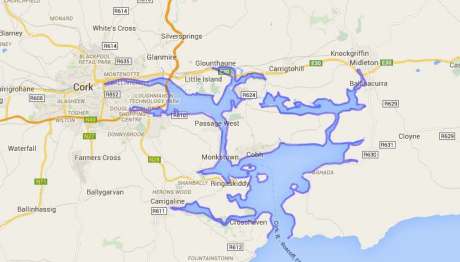
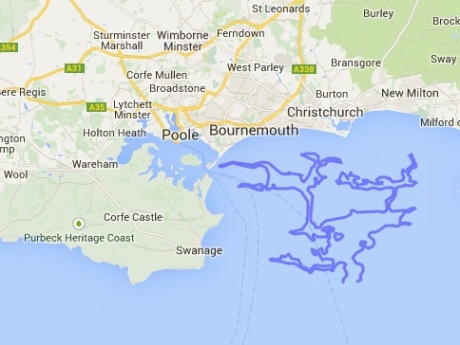
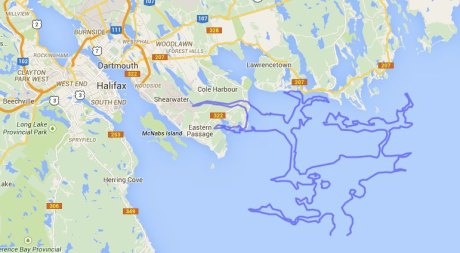
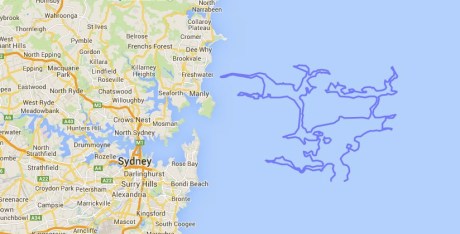
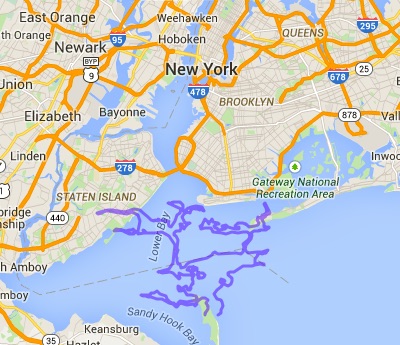
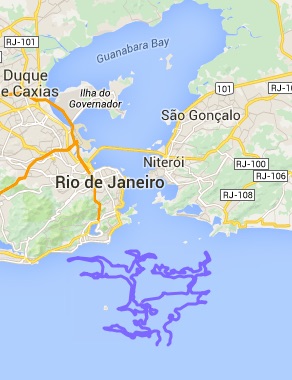
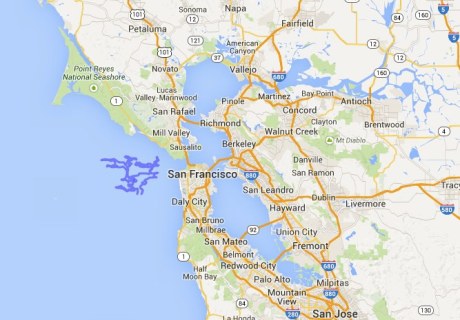
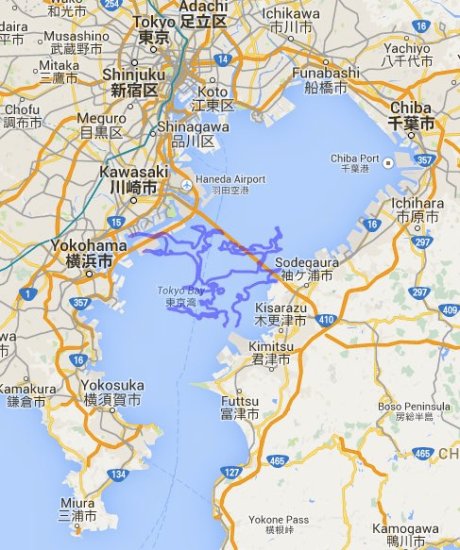
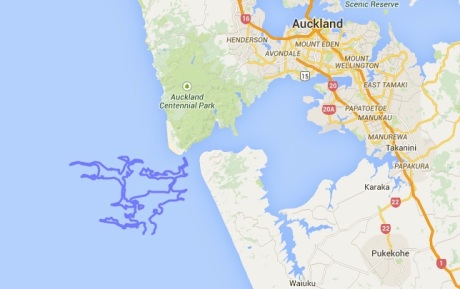
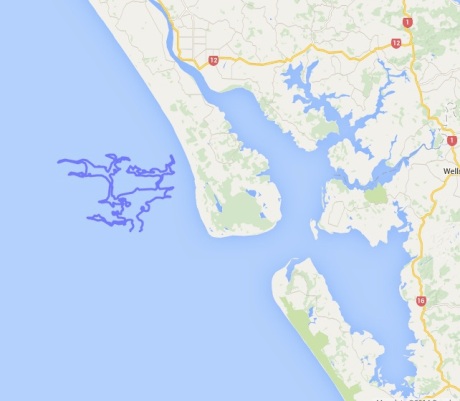
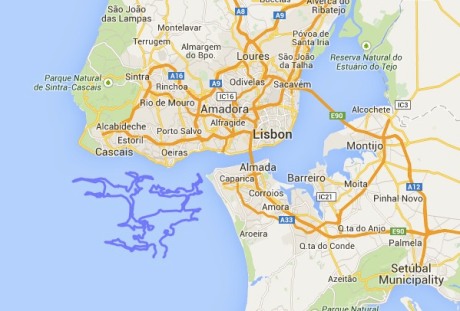
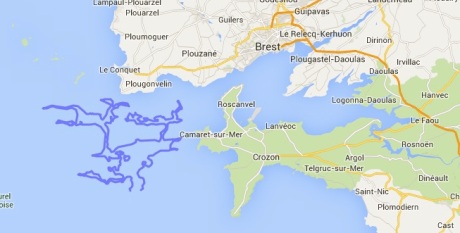
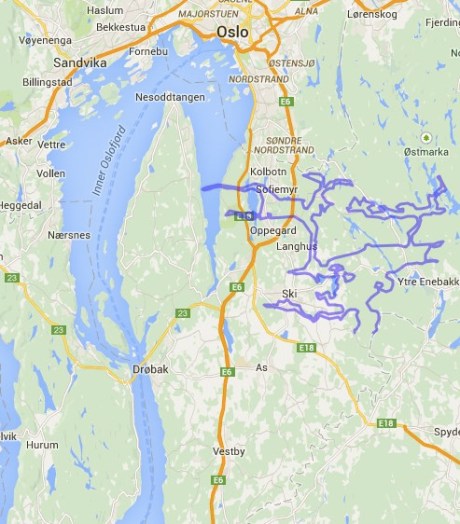









Well now, that was fun
What a tremendous and wholly unexpected reaction to my “Five Reasons” post last Friday. To everyone who commented, “Liked” or shared my entry I would like to thank you all.
The entry had been in the works over several weeks due a renewed interest in astronomy caused in no small part by a recent visit to some huge meteorite craters in Germany. I had refrained from posting it earlier because of some problems with wording. I certainly didn’t expect it to get much of a reaction because my posting has been quite sporadic lately and comments tended to be few and far between.
How wrong I was. The entry was placed in a prominent position on WordPress’ Freshly Pressed page, and the numbers began to shoot up immediately. My initial reaction was that I was the victim of a spam attack, but after reading the comments I was delighted to discover that something entirely different was happening. My site got thousands of hits over the weekend with over 120 comments to the entry at the time of writing, many of them very positive and supportive.
Some of the commenters were exceptionally kind. Many of you share my love of the stars and planets and the sense of wonder it creates. A few of you lamented the lack of light available in urban areas – a concern I share too. Here is a small selection of comments from you that I thought I would respond to.
Ishana wrote:
Very true. But who knows what awaits us in the future? Arthur C. Clarke once said that when a distinguished but elderly scientist declares that something is impossible, he is probably wrong. I think we have a lot to learn yet, but yes, it seems there will always be an “unobtainable” when it comes to the vastness of the Universe.
CommentatorandPoet said some particularly nice things about my use of the English language, and I would like to thank him for this. If only I could always be so fluent, as it often takes quite a bit of work for me to come up with the right words.
Nora Weston said
A great point Nora. Astronomy is not just about what we can see, but what these amazing instruments such as Hubble can perceive. We can experience so much just sitting at our desktops now.
Pduan quoted Carl Sagan, one of the foremost science communicators of the last century.
This piece of writing should be on the desk of every politician and religious leader in the world.
Rebelliousvanilla said
You never know. Keep having weird thoughts, RV.
Chemical Marriage said
Spot on and well said. I just quoted five reasons. I’m sure there are hundreds.
mndals said
So true. We are only now beginning to learn about planets around nearby stars, and their strange and wonderful ways. What next? Life?
Last but not least, Tom Baker said
Thanks Tom! That brought a smile to my face.
These are just a selection of the comments. I will try to visit as many of your blogs as possible over the coming days to see what I can find.
Thanks again for all your kind words.
Share this: